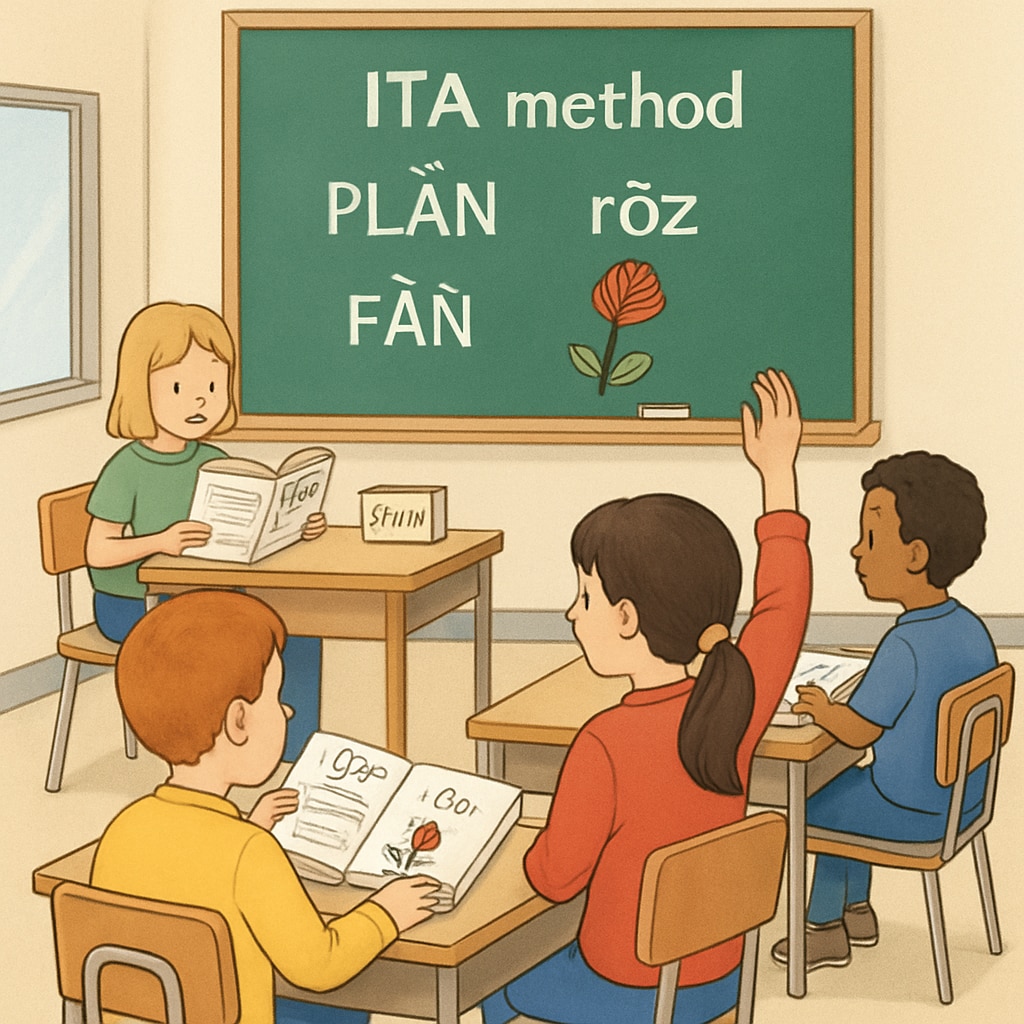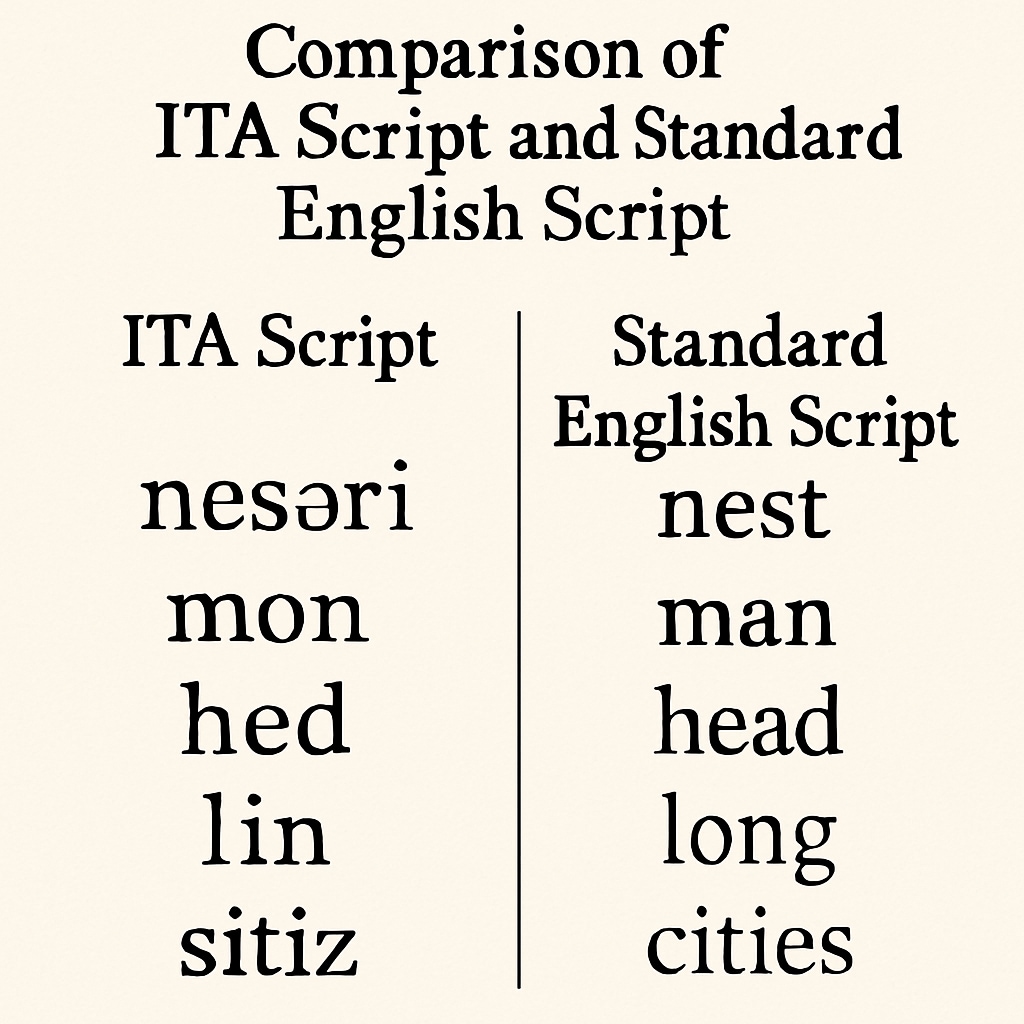The Initial Teaching Alphabet (ITA), an educational innovation widely adopted during the 70s, was intended to simplify the process of learning to read and write. However, over time, studies have revealed significant long-term impacts on learners’ spelling abilities. This article examines the historical roots of the ITA teaching method, its implementation, and the controversies it sparked, providing a cautionary lens for evaluating educational experiments.
The Origins and Purpose of the ITA Teaching Method
Developed by Sir James Pitman in the 1960s, the ITA teaching method aimed to address challenges children faced when learning the complexities of English spelling. It employed a simplified 44-character alphabet, designed to represent English phonemes (distinct units of sound), thereby eliminating irregularities in traditional spelling. For example, the word “cat” was written exactly as it sounded, reducing cognitive load during the early stages of literacy acquisition.
The method gained widespread attention and was implemented in numerous schools during the 1970s. Advocates praised it for accelerating initial reading skills, especially among children who struggled with conventional methods. However, its long-term effects were not fully understood at the time.

Unintended Consequences: The Long-term Impact on Spelling
While ITA succeeded in simplifying the introduction to reading, it inadvertently created lasting challenges for learners as they transitioned back to the standard English alphabet. Many students found it difficult to unlearn the phonetic spellings they had internalized, leading to persistent spelling errors well into adulthood. For instance, words like “photo” might be remembered as “foto,” reflecting the phonetic approach of ITA.
Studies conducted in the decades following ITA’s decline suggest that these early spelling habits can be deeply ingrained, particularly when foundational learning occurs during critical developmental periods. As a result, former ITA learners often report lower confidence in their spelling abilities compared to peers who were taught using traditional methods.
Lessons Learned: Evaluating Educational Innovations
ITA’s rise and fall serve as a stark reminder of the need for caution when implementing untested educational methods. While short-term benefits, such as improved reading fluency, were evident, the long-term consequences on spelling were largely overlooked during the initial stages of adoption. This highlights the importance of conducting longitudinal studies before scaling educational innovations to a national or global level.
Moreover, ITA raises broader questions about the balance between phonetic and whole-language approaches in literacy education. Should educators prioritize short-term gains over potential long-term setbacks? The debate continues to shape discussions on modern teaching methodologies.

Conclusion: A Cautionary Tale for the Future
The ITA teaching method, despite its innovative intentions, left a mixed legacy. While it provided immediate benefits for early readers, its long-term effects on spelling have underscored the importance of evaluating educational experiments holistically. As we continue to innovate in education, ITA serves as a valuable case study in balancing innovation with foresight.
As a final thought, the ITA phenomenon reminds us that effective education is not just about addressing immediate challenges but also about ensuring that the solutions we implement today do not create unforeseen problems for future generations.
For further reading, explore the Wikipedia entry on ITA or visit Britannica’s overview of the Initial Teaching Alphabet.
Readability guidance: The article maintains short sentences and paragraphs for accessibility, incorporates transitional phrases to ensure flow, and includes a balanced tone to appeal to both educators and general readers.


